7 great body weight exercises for runners
Train your weaknesses with these 7 body weight exercises for runners that you can do anywhere
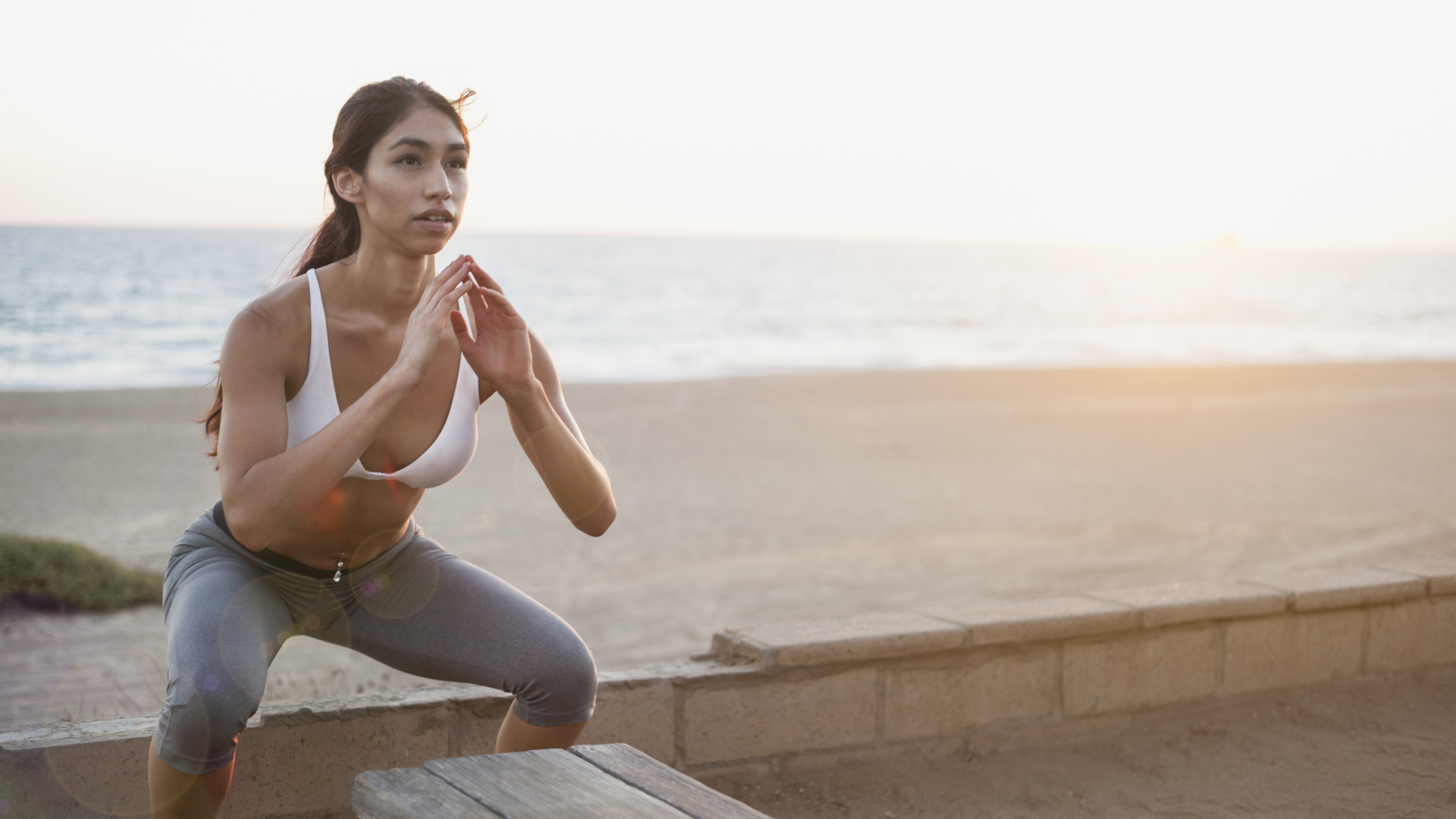
If you’re a runner, you might think that all the miles you put in while wearing your best trail running shoes are all the training you need, and have some well-worn excuses for not hitting the gym and lifting weights. There’s “I can’t afford a membership,” as well as “I don’t have enough time to get to the gym” or that old classic, “I hate lifting weights.” These are all pretty good reasons to give the weight rack a good swerve, we’ll admit it, but with body weight training, you no longer have an excuse.
Is bodyweight training good for runners?
Research shows that weight training is associated with stronger bones, which is essential for runners seeking to avoid dreaded stress fractures, while studies show it can even lower all-cause mortality. Like working out with resistance bands, body weight exercises strengthen your muscles by applying resistance – just without adding weights. Because you’re only using your own weight, body weight training is free and you can do it anywhere. It doesn’t have to take a lot of time and you can adapt the exercises to your own body and needs, while there are hundreds of studies showing how effective it is for your health, including 2021 research which shows it improves cardiorespiratory fitness – another bonus for fast-paced adventurers.
Don’t know what body weight exercises are? Chances are, you’ve done plenty of this type of exercise in your life, even if you didn’t know that’s what it was at the time. Yoga, pilates, jumping jacks, pushups, planks and lunges are all examples of body weight training. But when you have a packed schedule and you don’t want to cut into the amount of time you spend on the trail, you probably just want to know which are the best body weight exercises for runners. Do you focus on strengthening your legs, or does all the running take care of that? Do you focus on your upper body, since running basically side steps that altogether? Neither of these is a bad option, but as we explain in our article on pilates for runners, there are two areas in particular where most runners get weak: the posterior muscles, as in your glutes, hamstrings and upper back, and your core muscles.
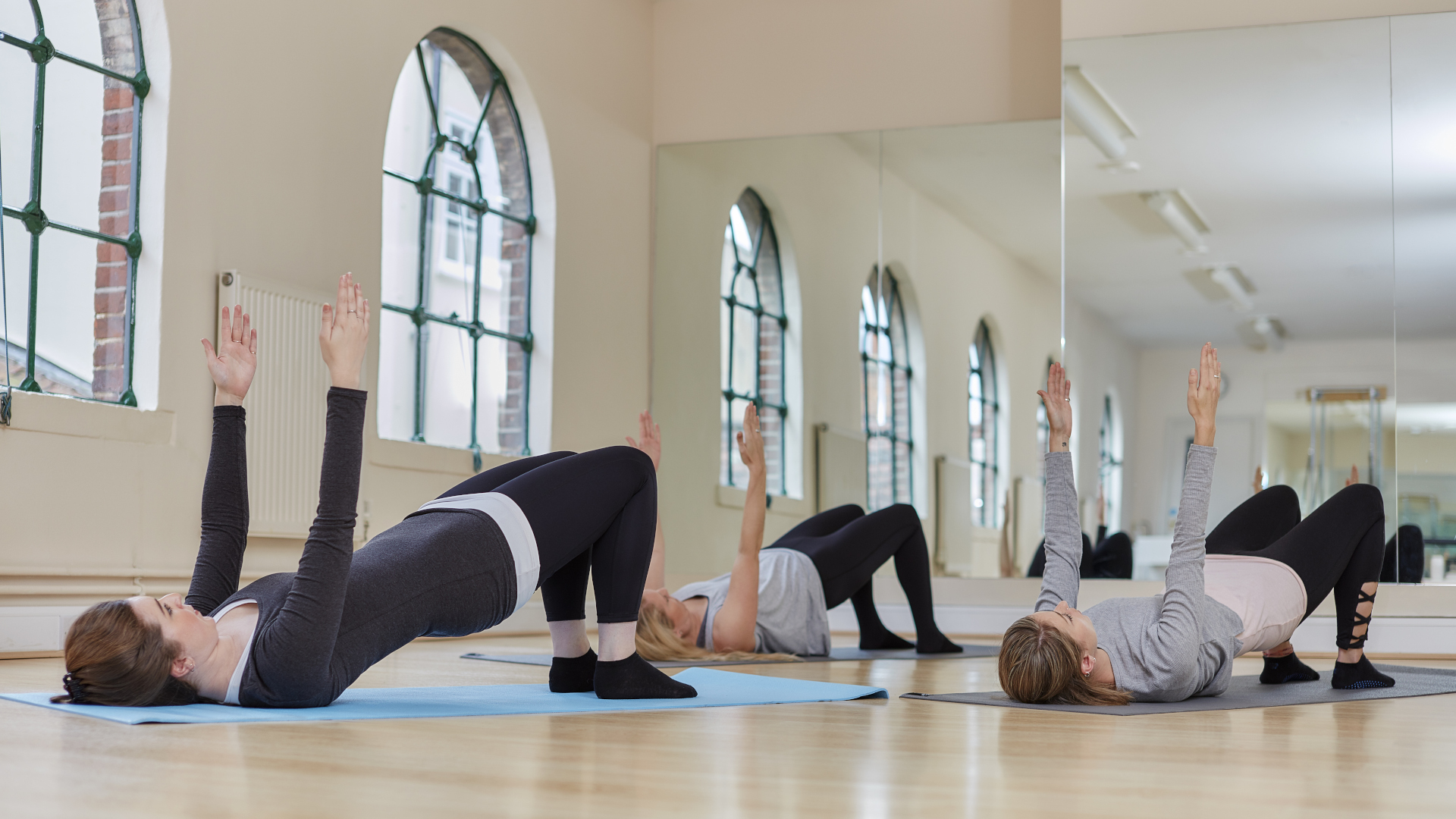
Weak glutes and core can translate into low back and knee pain, while weak hamstrings may reduce your running economy, and weak upper back muscles can impact your posture and cause pain. In short, that means that if you’re looking for body weight exercises that help train your weakness and reinstitute balance in your body (and you should be), the areas you largely want to target are your core, your posterior muscles, such as your glutes and hamstrings, while strengthening your back muscles can help to offset the slight hunchback posture some long term runners can develop.
There are dozens of great body weight exercises for runners, but we’ve compiled a few of our favorites here to get you started.
1. Single leg bridge
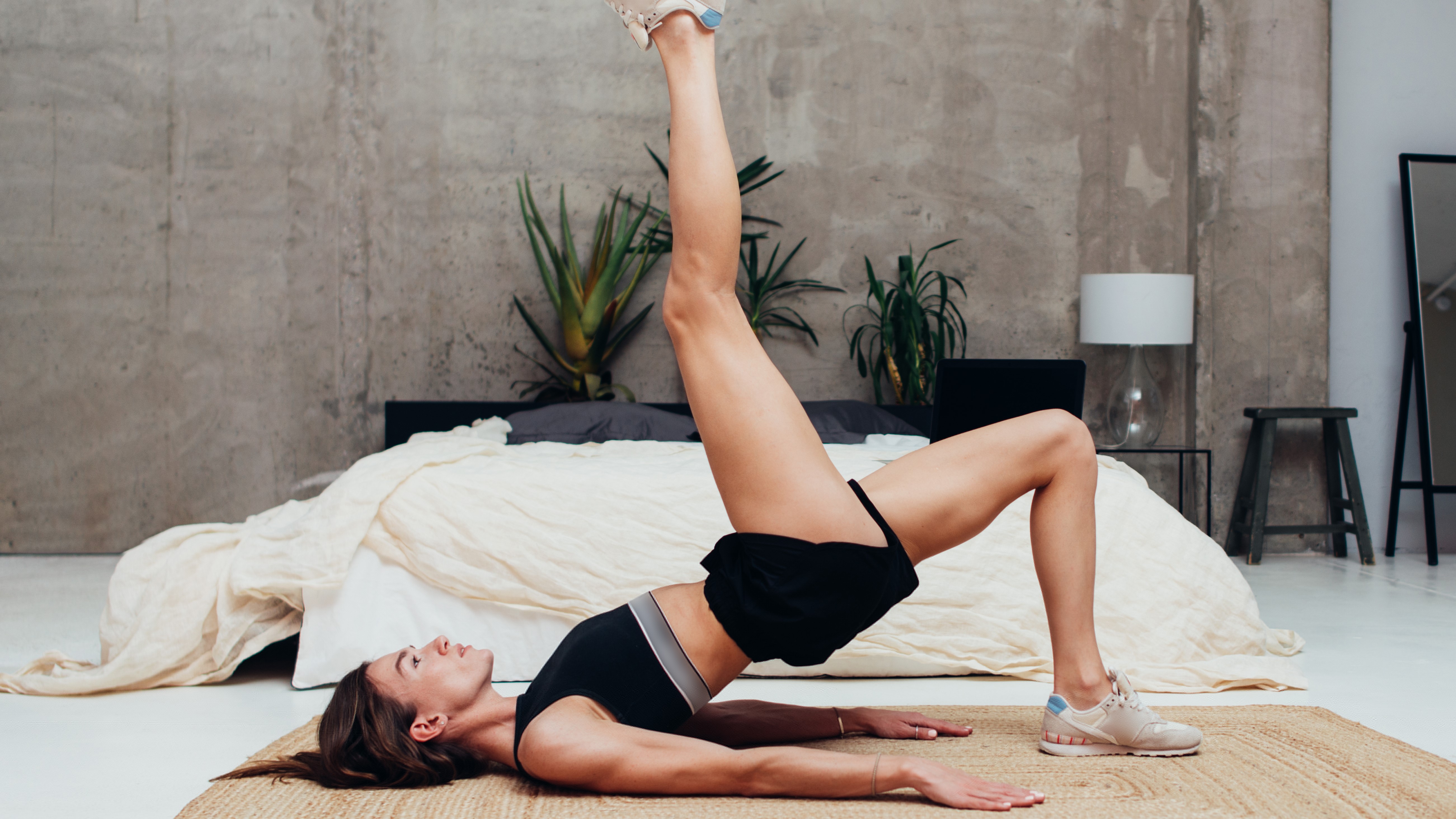
A lot of trainers recommend a good old fashioned squat for a glute strengthener, and while squats can in theory strengthen all of your glutes while they’re in eccentric contraction, the truth is that most of us runners just end up further strengthening our quads and bypassing the glutes altogether. If that sounds like you, consider starting with a single leg bridge instead. Lie on your back, bend your knees and lift your hips, squeezing your glutes at the top. Move your right foot a little closer to the center of your mat and lift your left leg up. Squeeze your right glutes to lift your hips higher and keeping your left leg lifted, raise and lower your hips 10 - 12 times before repeating on the other leg. Do two or three sets total.
2. Squat
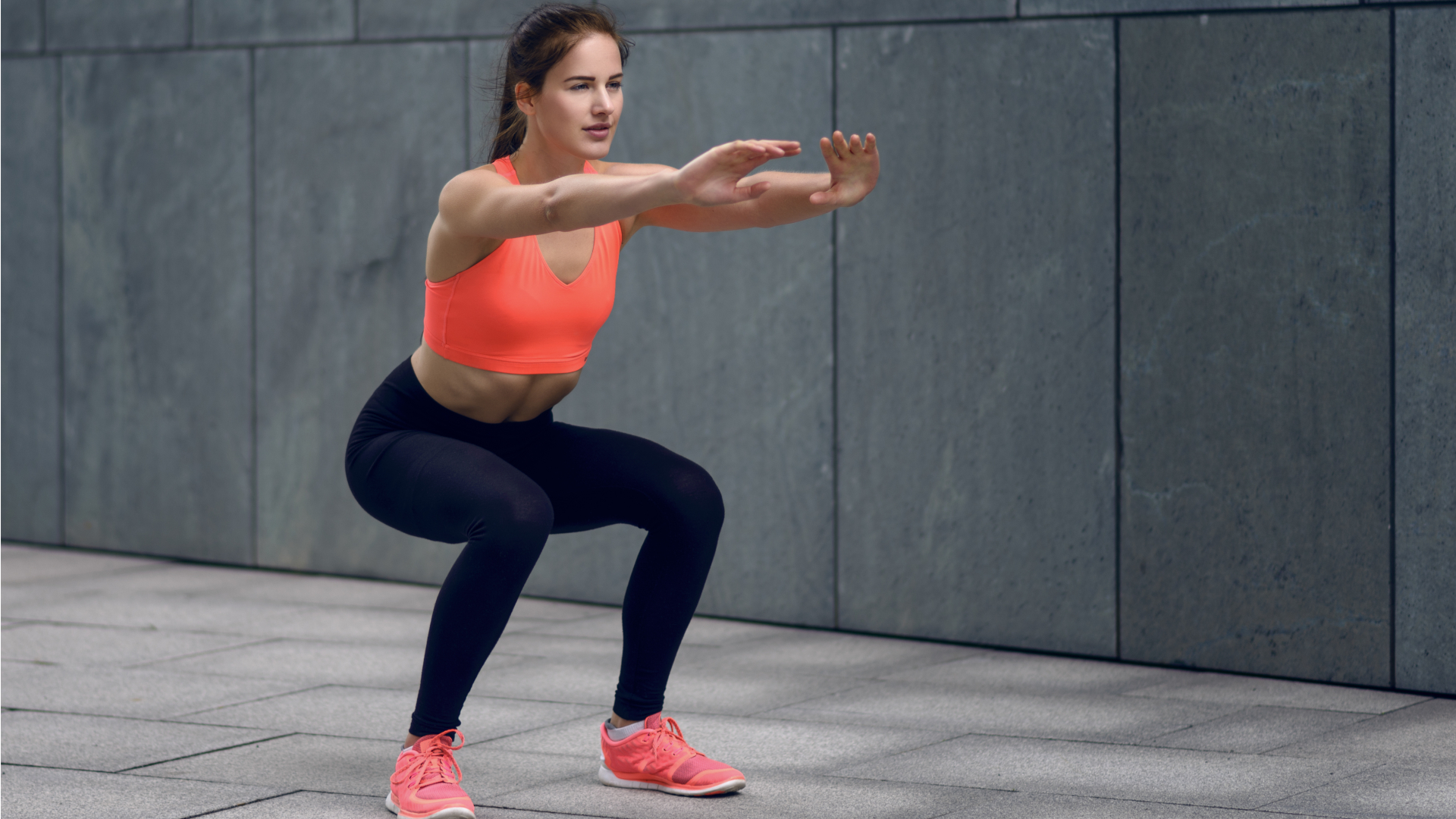
Squats are beloved by trainers, but as we mentioned before, it can be tricky to use them to actually strengthen your glutes. When performed in a certain way, however, they can add quite a bit of tension to your glutes while the muscles are. To make sure you’re not reinforcing your already rock hard quads, start with your feet hip width apart and squeeze your glutes to bring your awareness to where you want to feel the tension. As you bend your knees, try to keep your weight back in your heels as much as possible and send your hips back as well as down. Sit down low, so your thighs are nearly parallel to the ground, and hold for a few seconds before standing up and squeezing your glutes again at the top. Do 10 - 12 reps for two to three sets.
Advnture Newsletter
All the latest inspiration, tips and guides to help you plan your next Advnture!
3. Hamstring curl
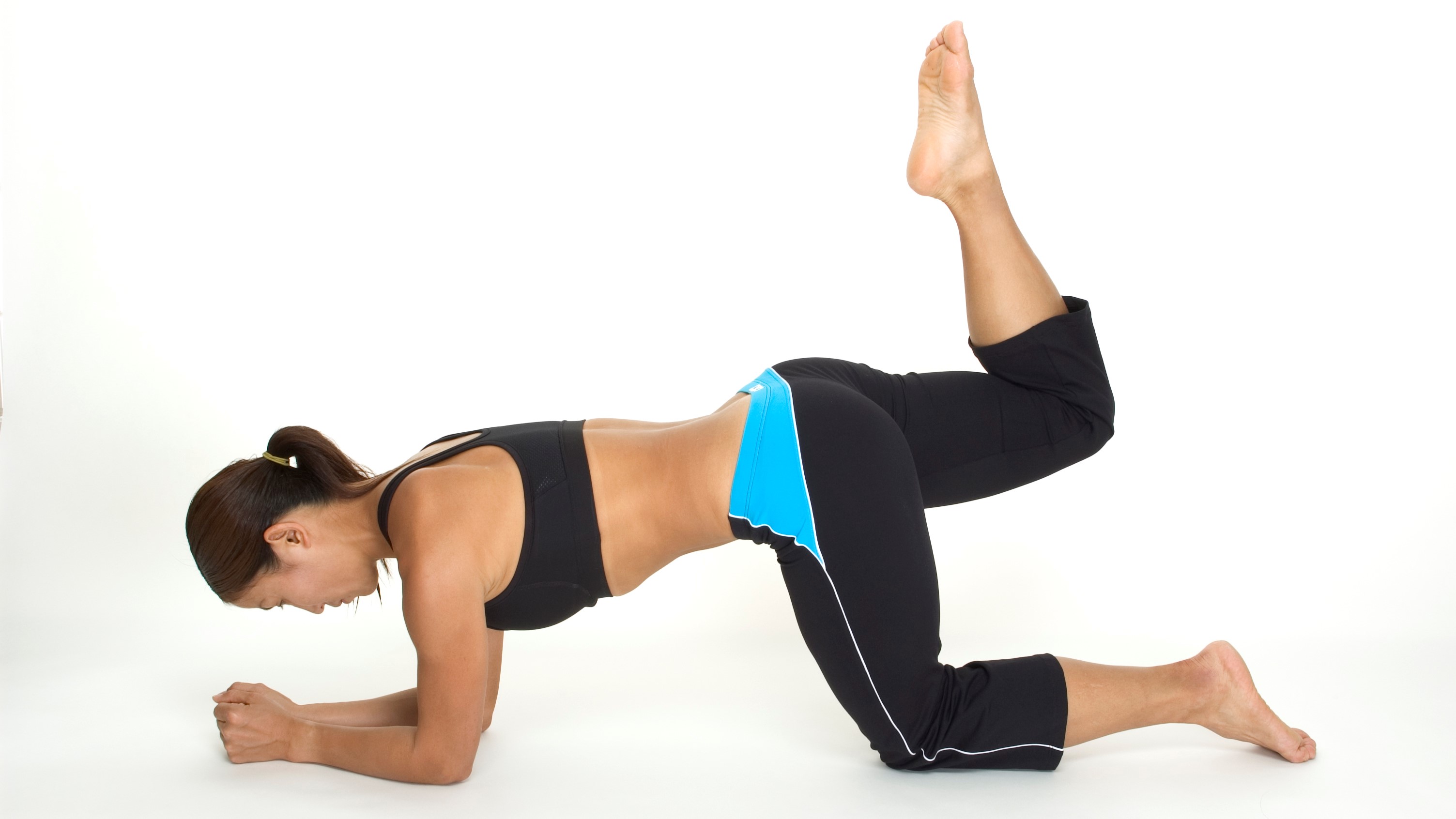
Runners very often feel that their hamstrings are 'tight' because running strengthens them through a very short range of motion. The answer? Well most of us grab that yoga strap and start stretching them, which may feel quite therapeutic after a long run, but isn’t likely to improve your running so much as strengthening your hamstrings through their full range of motion instead. This way, you can rely on them to power you down the trail. Hamstring curls are a great way to start utilizing the full range of your hamstrings against gravity.
Simply come onto your elbows (or hands) and knees, engage your core muscles and lift one leg, making sure your low back doesn’t dip down. Engage your hamstrings first and slowly bend your knee as far as it will go, then straighten it as far as it will go, kind of like a little bicep curl but with your leg. Do 10 - 12 reps for two to three sets.
4. Crab walk
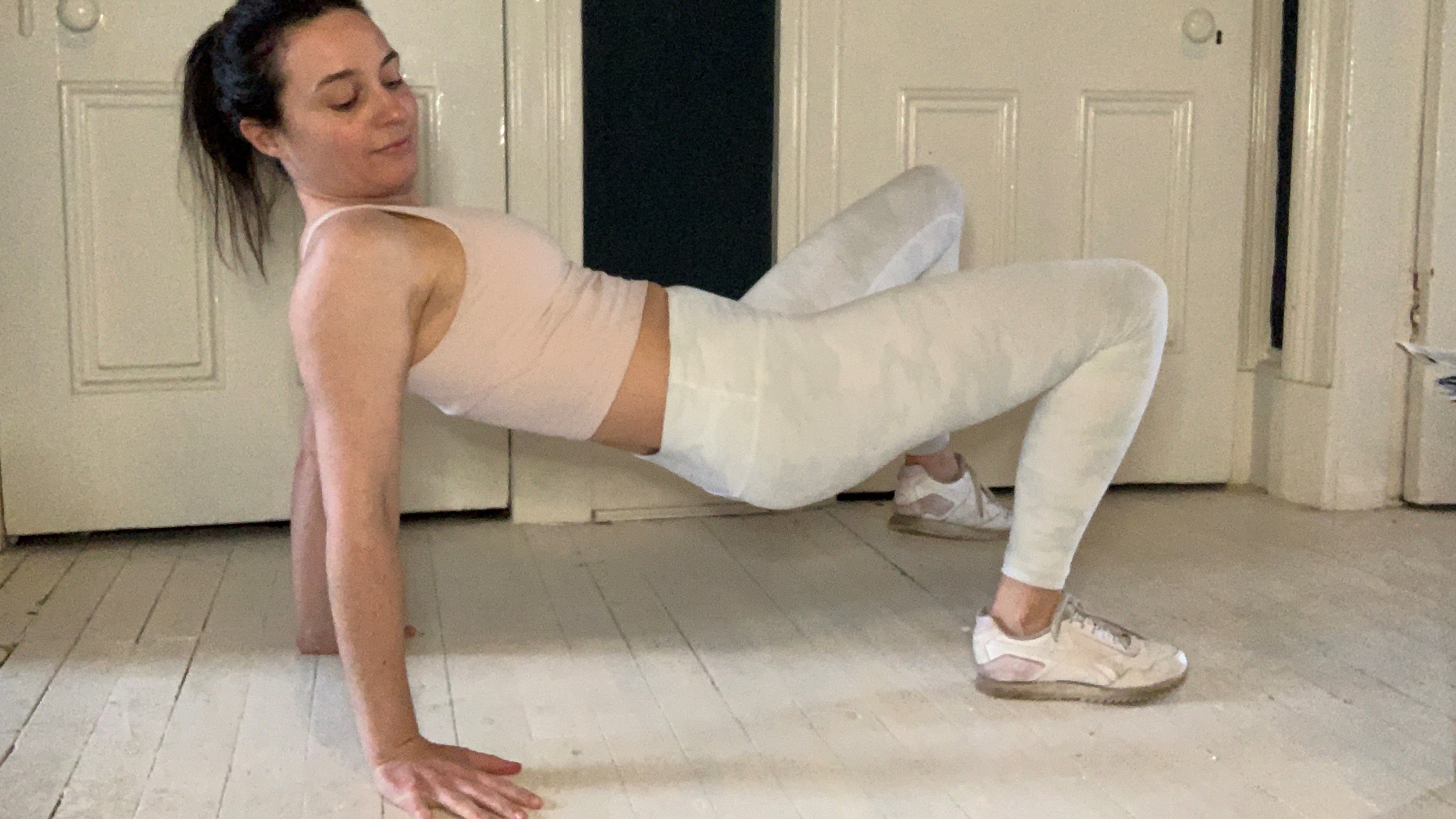
Once you’ve started to strengthen your hamstrings with curls, a tricky but effective little maneuver is the crab walk, which makes your hamstrings work while supporting the weight of your body. Sit on the ground with your knees bent and place your hands behind you. Lift your hips so you’re just balanced on your hands and feet, then walk around the room in all directions, focusing on engaging your hamstrings (and glutes) to keep your hips lifted. Try to walk for 30 seconds, then take a break and repeat two or three more times.
5. Supermans
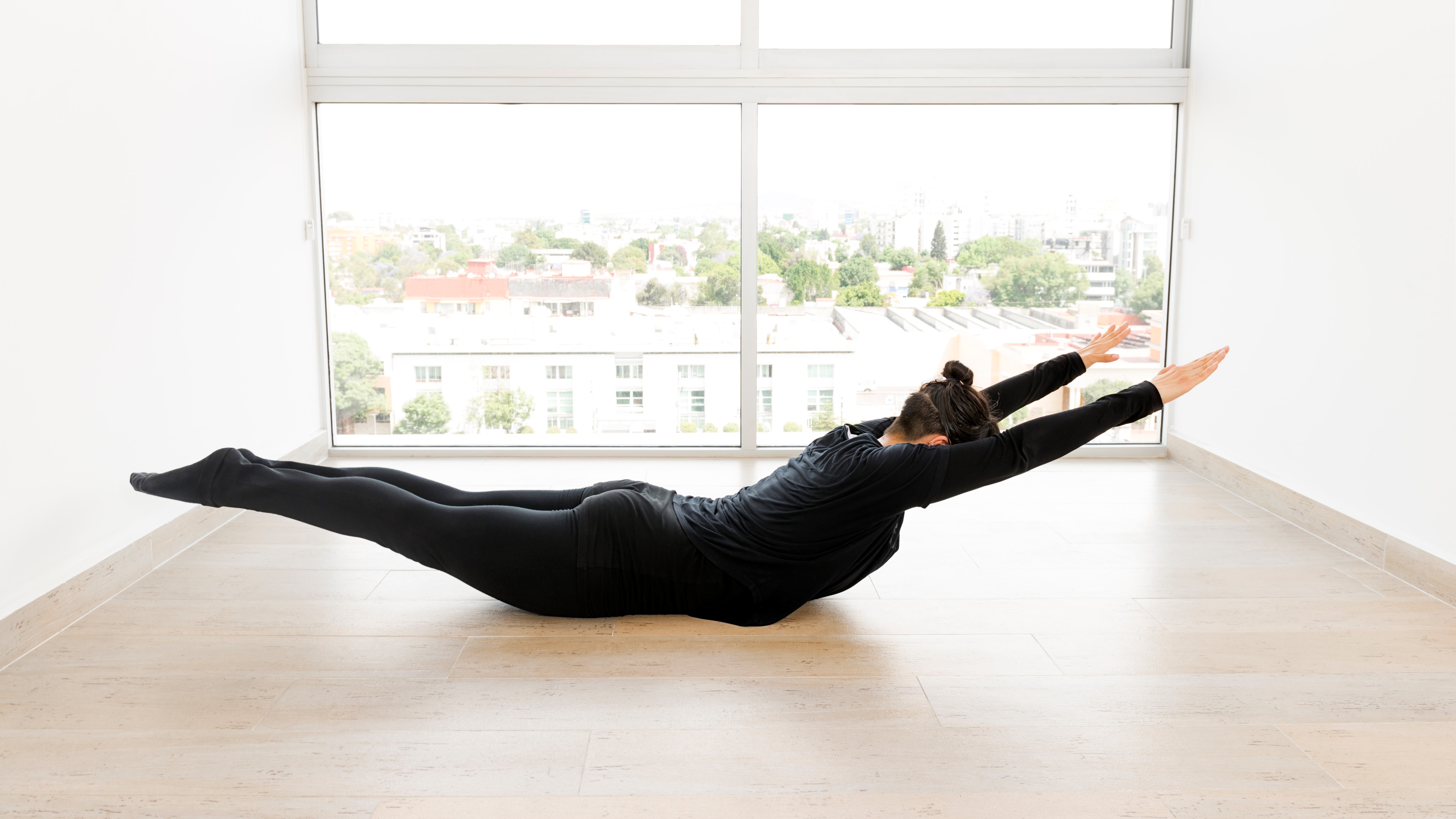
Running might not be the only reason why you have poor posture; after all, we spend a lot of time sitting hunched over computers these days, too. While stretching out the front of your body will feel great, it’s probably more beneficial to strengthen your back muscles. For starters, you can try supermans. Just lie on your belly and reach your hands forward. Press your pelvis down then lift your arms, legs and head up. Draw your abdominals in and try to lift everything from the strength of your back. This will also strengthen your glutes. Do 10 - 12 reps for two to three sets.
6. Pull ups
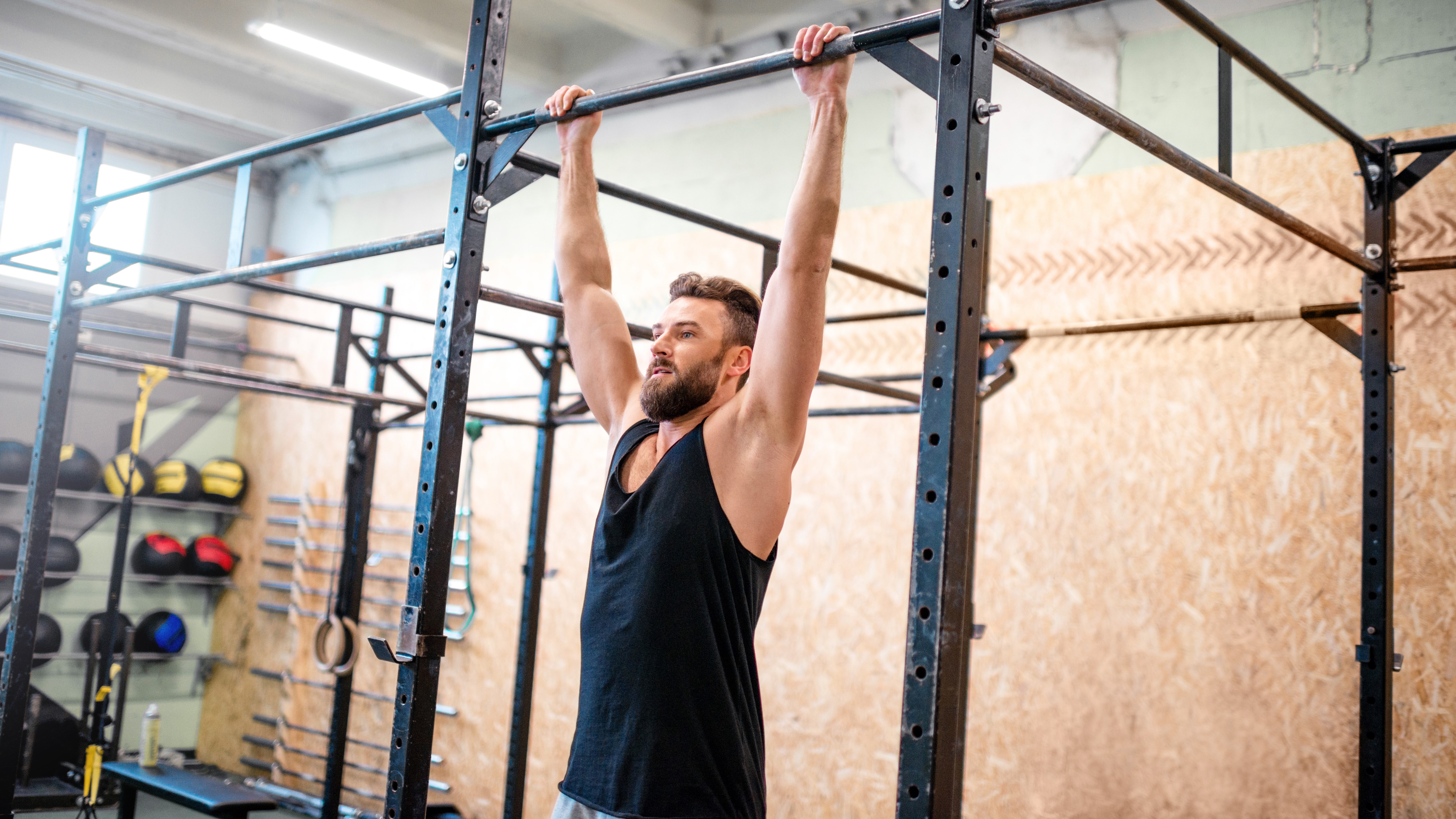
Progressing on from supermans, pull ups are a more advanced move to keep your back muscles strong. Don’t think you have to be able to pull yourself all the way for these to be beneficial. Find a bar or doorframe high enough that you can hang from with an overhand grip, with your hands a little wider than your shoulders. Pull your shoulders down to activate your lats and rhomboids. If pulling your chin up to the bar like they do in the movies is clearly a fantasy, do mini pull ups where you bend your elbows fractionally, focusing on your back muscles pulling your shoulder blades down and doing the work and leaving your biceps out of the equation. You might only move up and down an inch, but your back muscles will thank you. Do 10 - 12 reps for two to three sets.
7. Plank
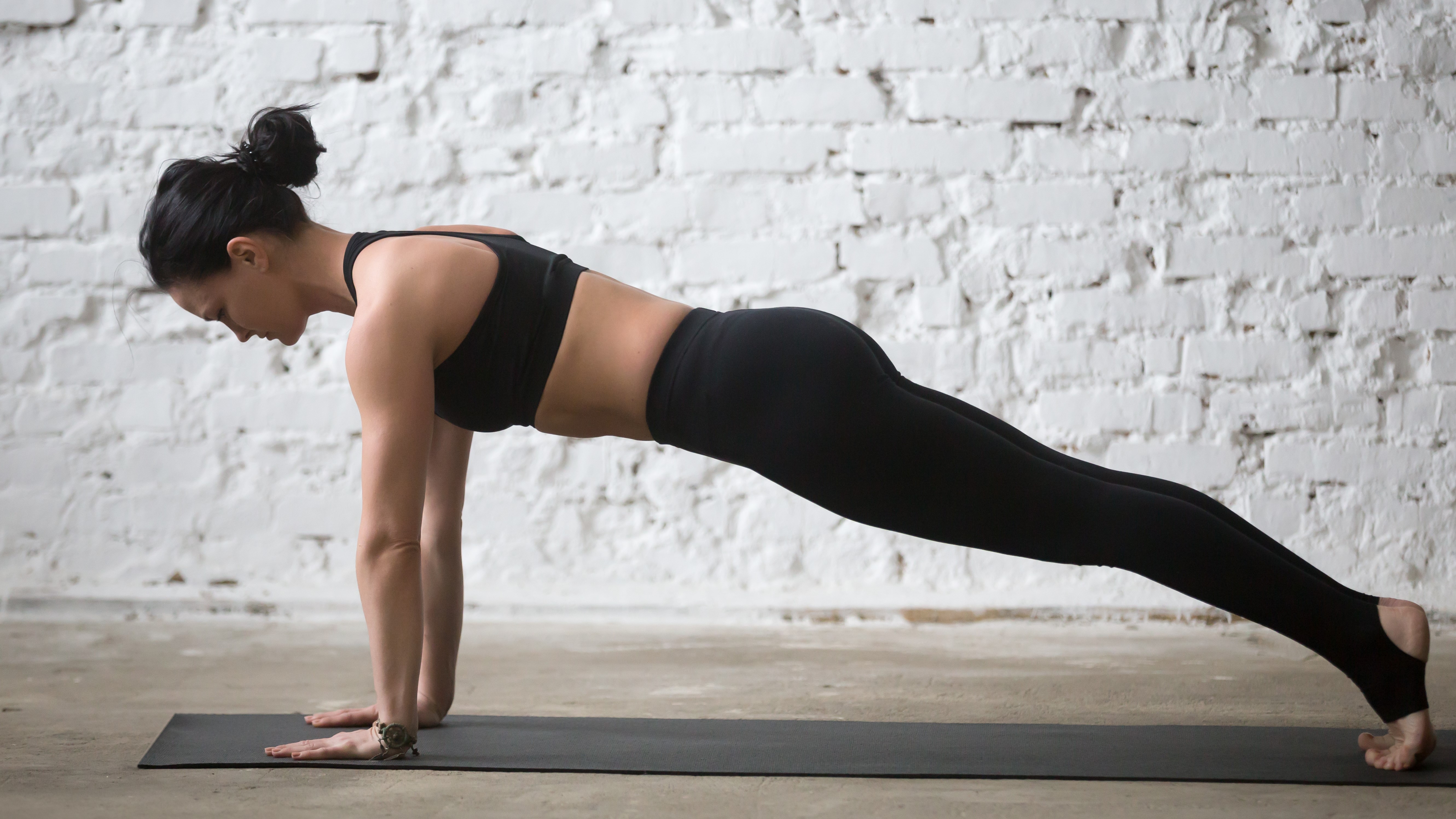
Keeping your core strong is crucial to avoiding nasty running injuries, and it’s hard to look beyond plank for covering all bases. In a 2013 study published in the Journal of Strength and Conditioning Research, researchers at Penn State stuck electrodes on participants and had them do different core strengthening exercises such as plank and crunches. They concluded that so-called 'integration exercises' such as plank, that require activation of the both distal trunk muscles (deltoids and glutes) and proximal trunk muscles (abdominals and lumbar muscles) were best in terms of maximizing strength, improving endurance, enhancing stability, reducing injury, and maintaining mobility. However, like a lot of the exercises on this list, it’s pretty easy to do a plank the wrong way and just end up with the same core strength you started with and two sore wrists, so read all about how to a plank to get the most out of it. Try to hold your plank for 15 - 30 seconds at a time. Lie down on your belly to take a break, then do another one or two.
- Best trail running shoes: tested for comfort, grip, and stability
Julia Clarke is a staff writer for Advnture.com and the author of the book Restorative Yoga for Beginners. She loves to explore mountains on foot, bike, skis and belay and then recover on the the yoga mat. Julia graduated with a degree in journalism in 2004 and spent eight years working as a radio presenter in Kansas City, Vermont, Boston and New York City before discovering the joys of the Rocky Mountains. She then detoured west to Colorado and enjoyed 11 years teaching yoga in Vail before returning to her hometown of Glasgow, Scotland in 2020 to focus on family and writing.

